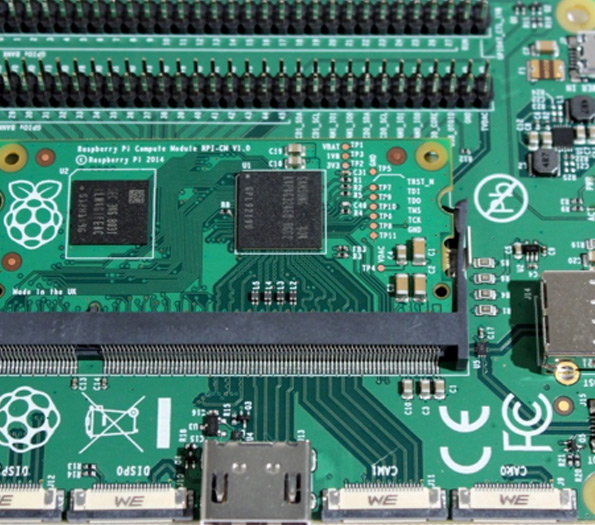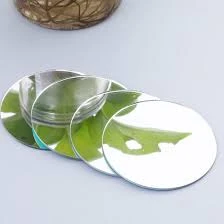Fusing with float glass is a captivating process that merges creativity with functionality, resulting in a dynamic medium used extensively in both artistic and industrial domains. This transformative technique has garnered attention due to its ability to enhance the aesthetics of everyday products, while maintaining the structural integrity that float glass offers.

At the heart of this process is float glass itself, a versatile material derived from molten glass poured onto a bed of molten tin, where it spreads and solidifies into a uniform thickness. Known for its clarity, smoothness, and quality, float glass serves as the quintessential base for fusing, providing an ideal canvas for intricate designs and vibrant colors.
Leveraging extensive experience in the field of glass manufacturing, experts understand that the fusion process requires not only a keen artistic vision but also a thorough knowledge of glass properties. The process begins by cutting float glass into desired shapes and sizes, depending on the final application. These pieces of glass then undergo a meticulous cleaning process to ensure no impurities affect the adhesion of subsequent glass layers or colorants.

A critical element in fusing with float glass is the use of compatible materials.
Glass fusing involves layer upon layer of glass and pigment merging into one cohesive piece. The choice of these materials dictates both the visual outcome and the structural soundness of the final product. Even slight deviations in compatibility can result in tension within the glass leading to cracks or other structural failures.
Another cornerstone of effective float glass fusing is the kiln-firing process, which demands precision and control over factors such as temperature, timing, and environment. During firing, the glass gradually heats to a temperature just below its melting point, which allows different glass layers to integrate seamlessly. Mastery over the kiln, backed by years of expertise, ensures the fused glass maintains its intended design without incurring defects.
fusing with float glass
The application of fused float glass spans a wide spectrum, from decorative accents in architecture to functional elements in household items. Industry professionals continue to explore new methods to push the boundaries of what is possible, experimenting with innovative designs and state-of-the-art technologies to expand its use.
In recent years, incorporating digital designs has revolutionized how artists approach glass fusing, employing computer-aided design (CAD) to intricately craft patterns and color schemes that were once unimaginable. This blend of tradition and innovation highlights the authoritative edge experts offer when engaging with this material.
Credibility in the world of float glass fusing also stems from a commitment to sustainable and environmentally friendly practices. Modern-day manufacturers emphasize recycling and energy-efficient production processes, appealing to environmentally conscious consumers while maintaining high standards of product excellence.
Whether enhancing the ambiance of a space or catching the eye with a striking art piece, fused float glass products reflect a unique blend of aesthetic beauty and technical prowess. As demand continues to grow, support from skilled artisans and knowledgeable industrial designers ensures consistent advancements, cementing float glass fusing as a keystone of both contemporary art and industry.
Trust in fused float glass products lies in the hands of professionals who prioritize both artistry and integrity, creating pieces that not only captivate but stand the test of time. These experts and their dedication to craftsmanship turn ordinary glass into extraordinary experiences that resonate with beauty and reliability.



